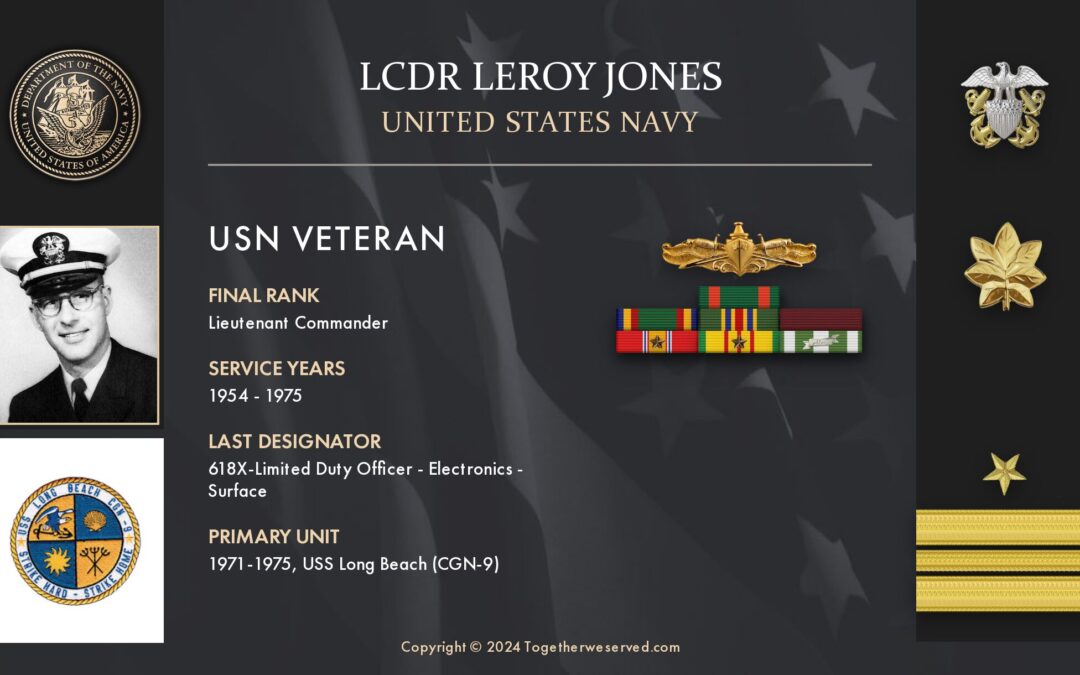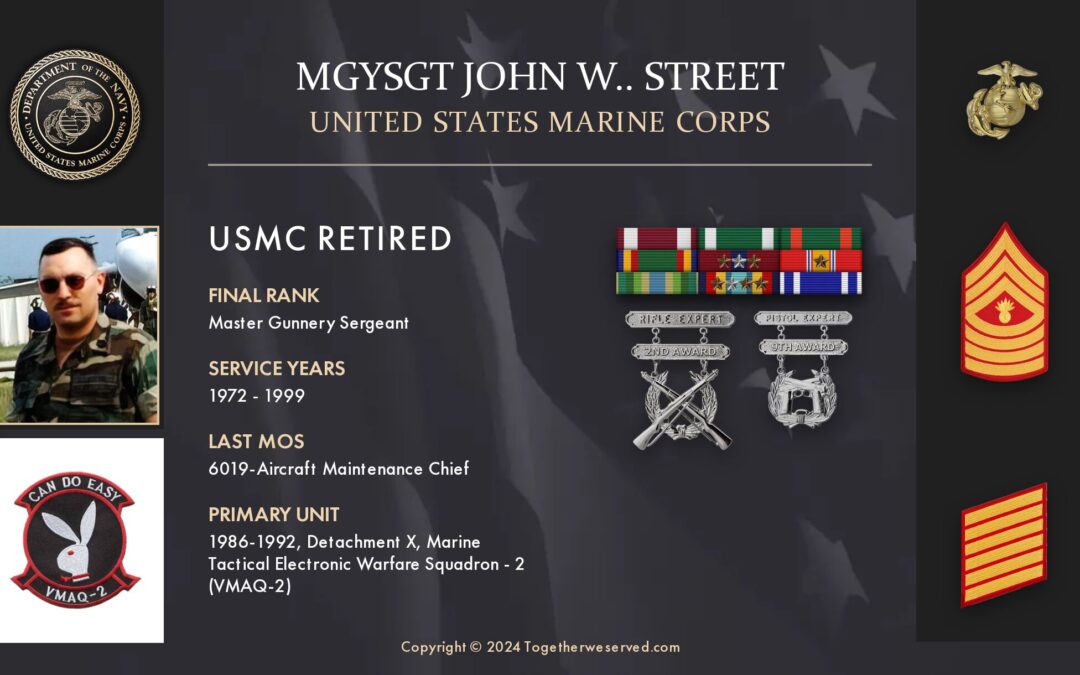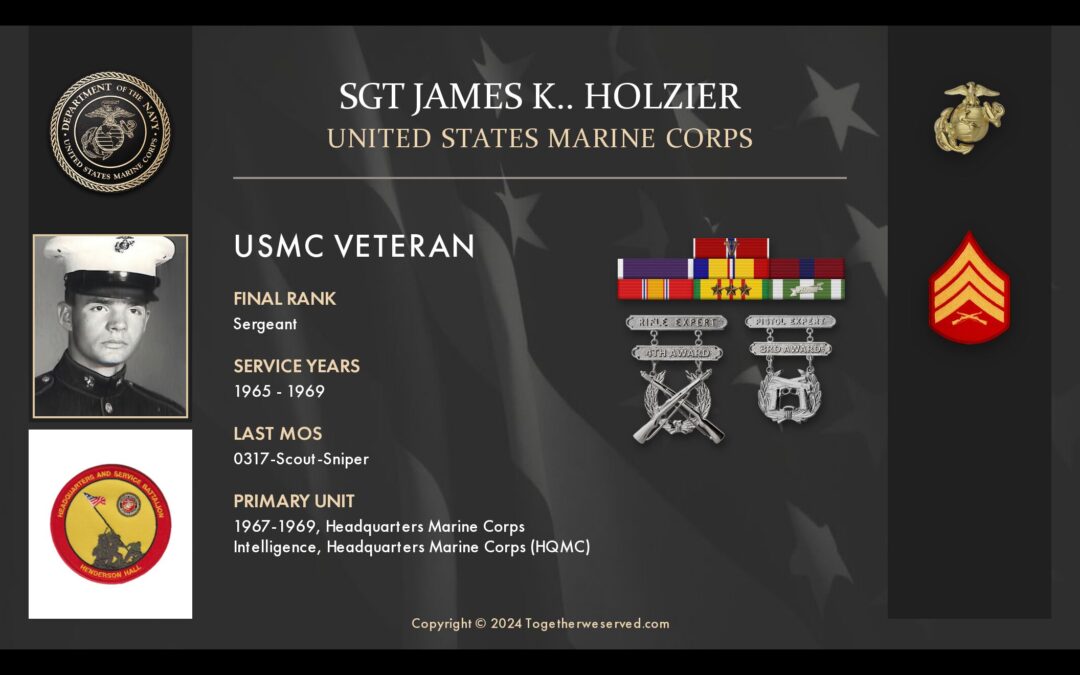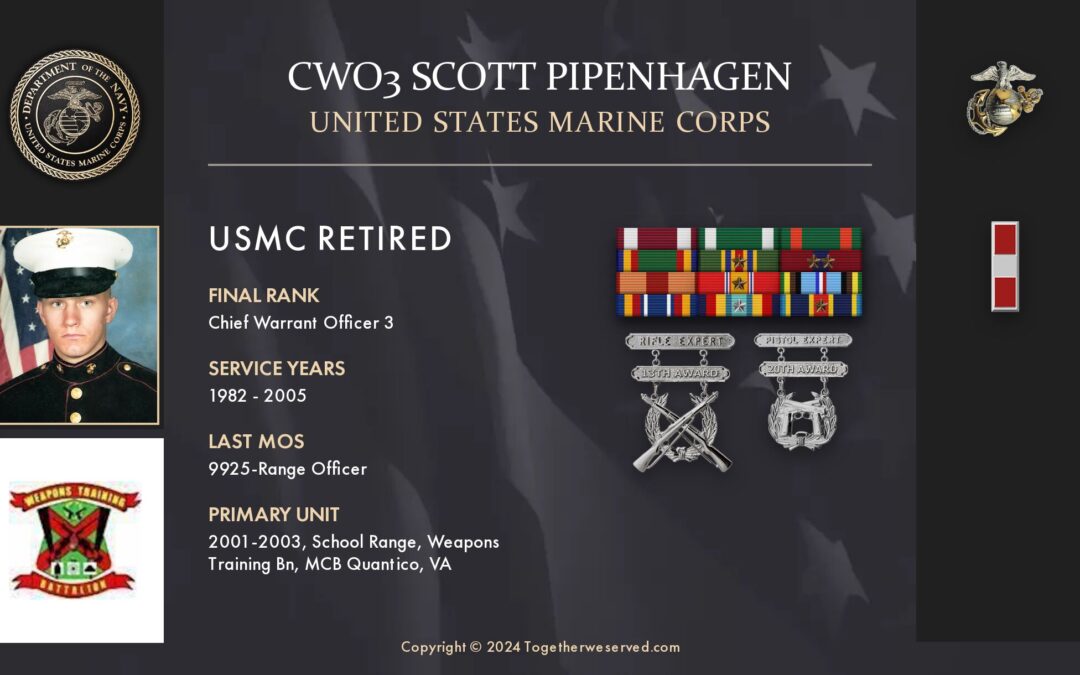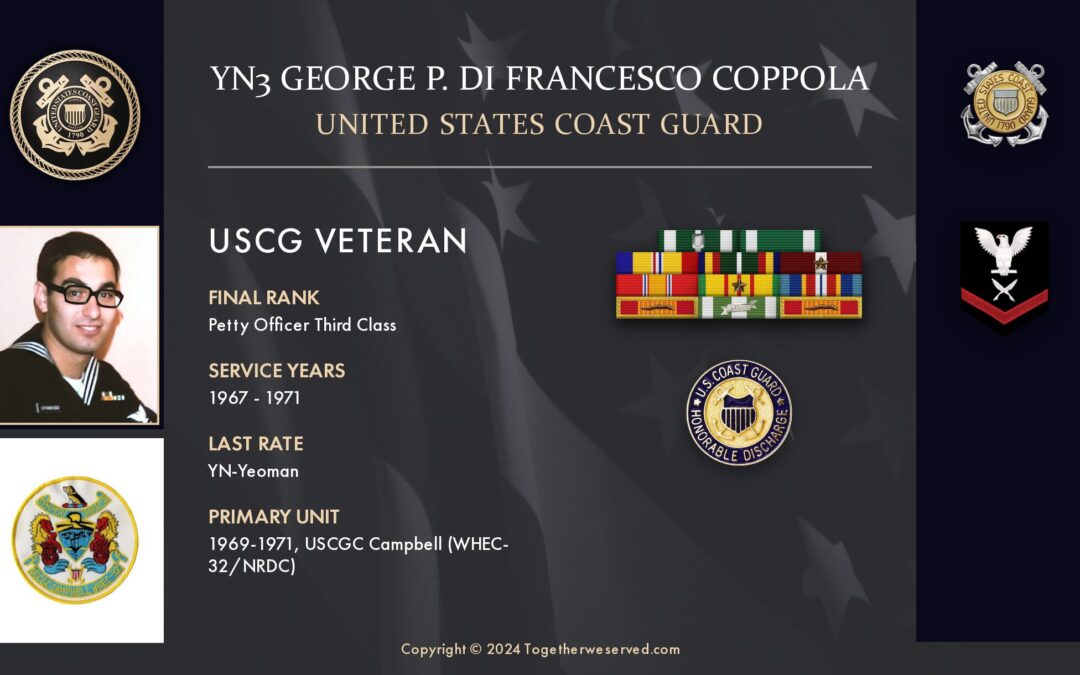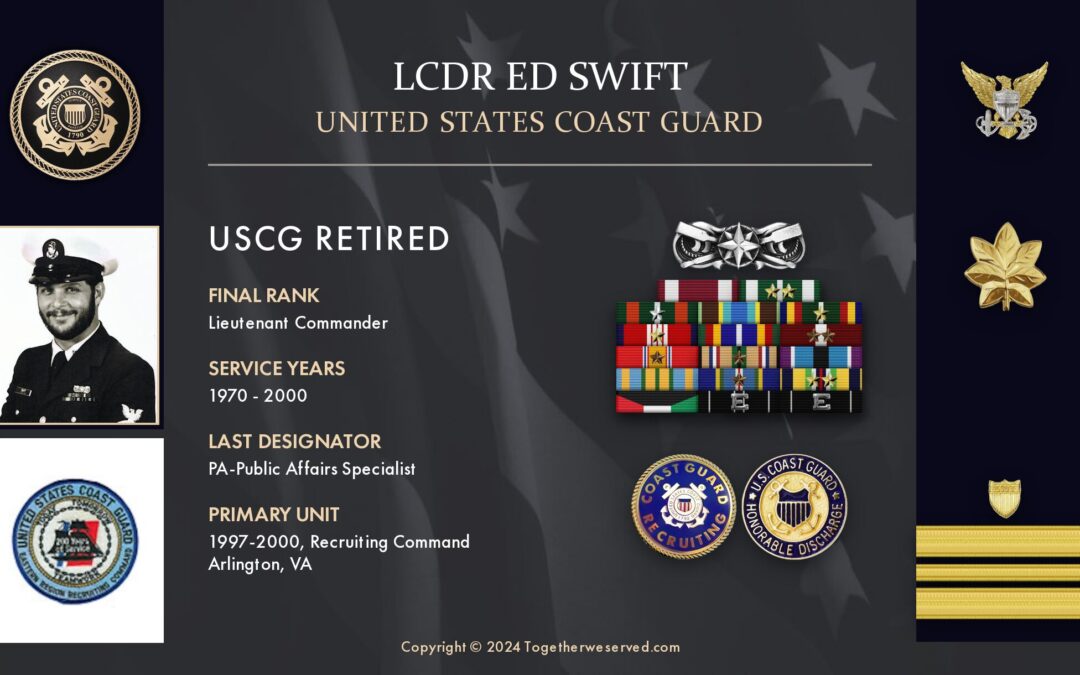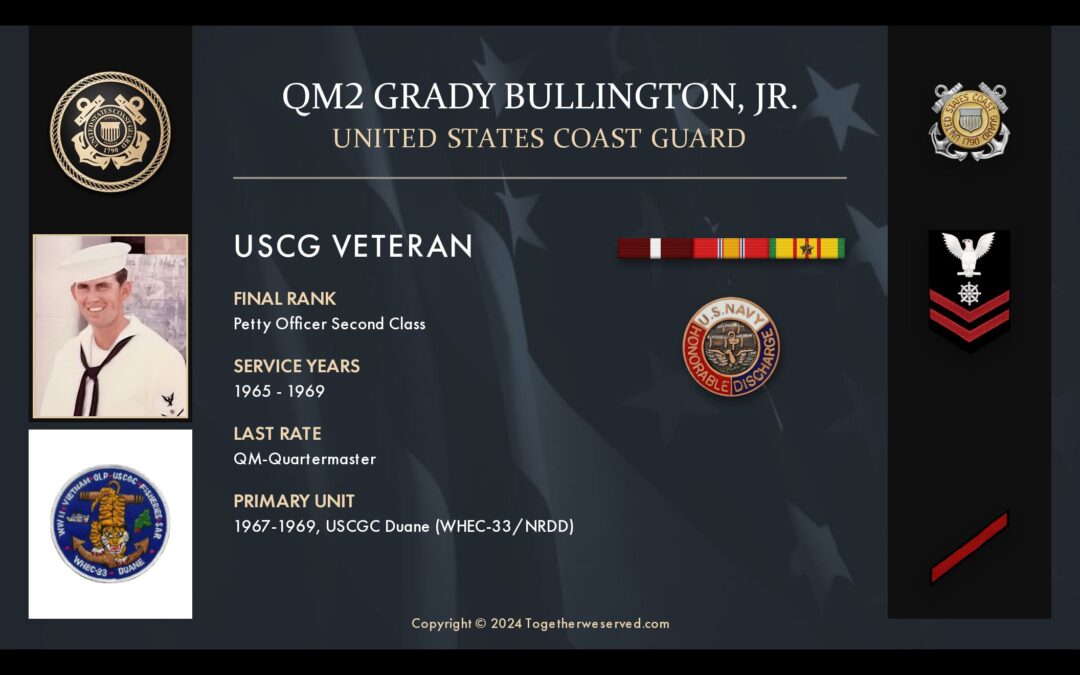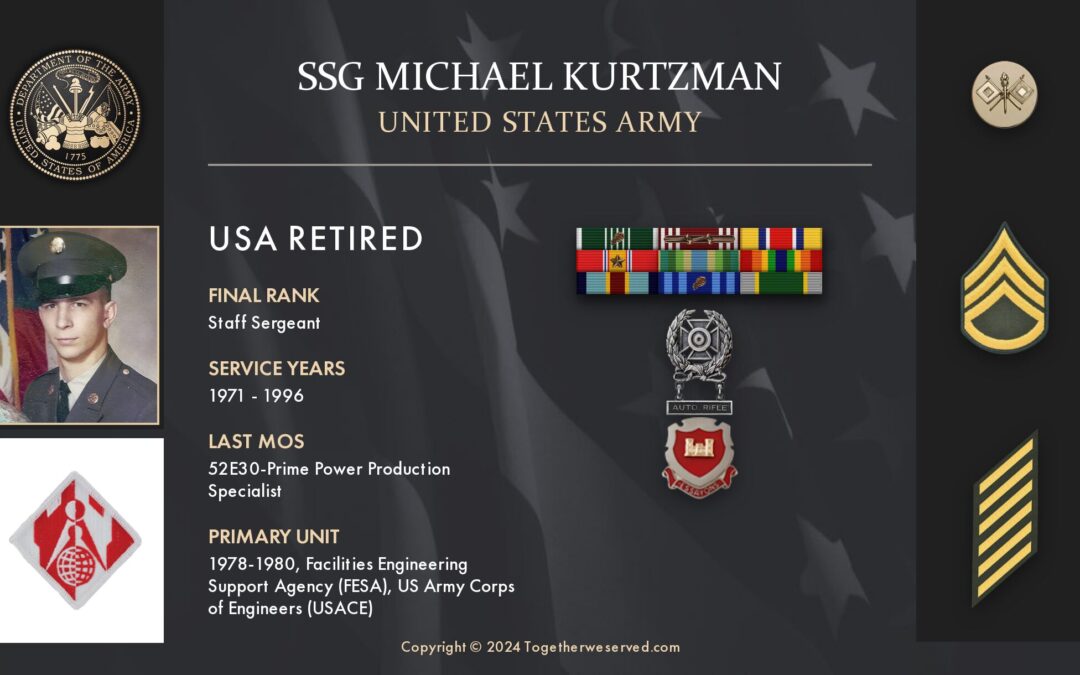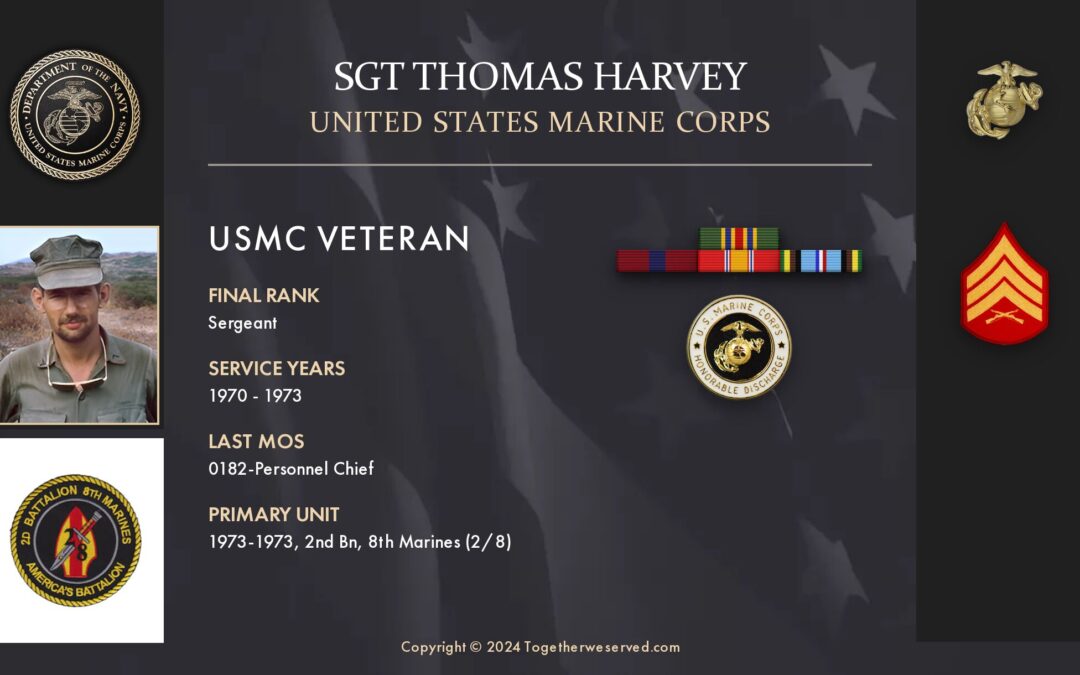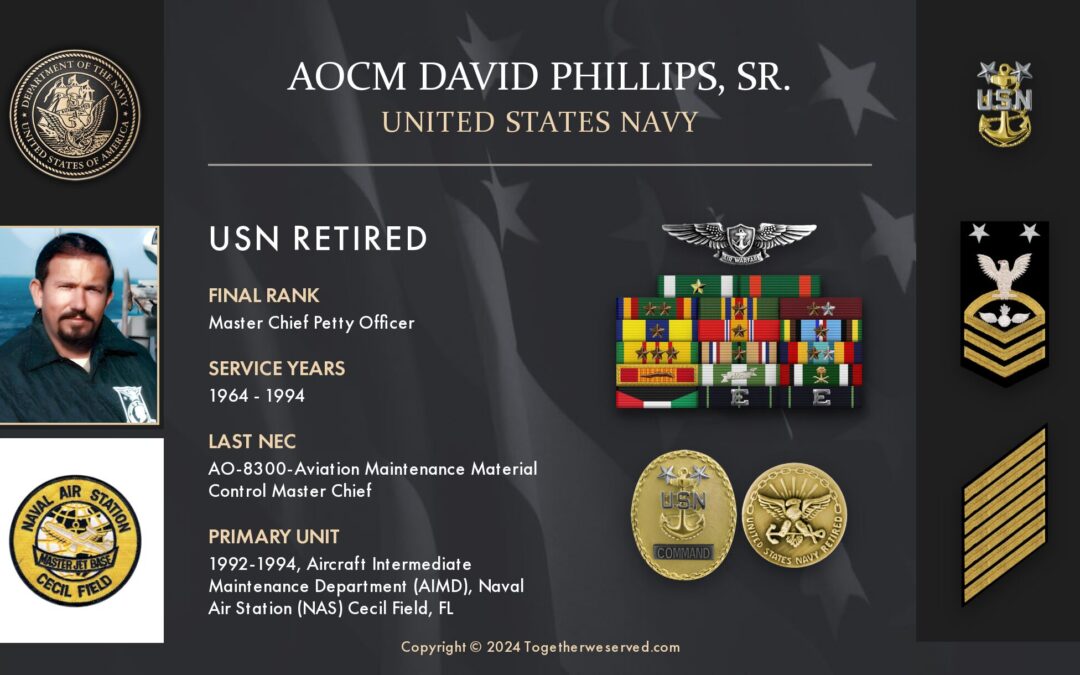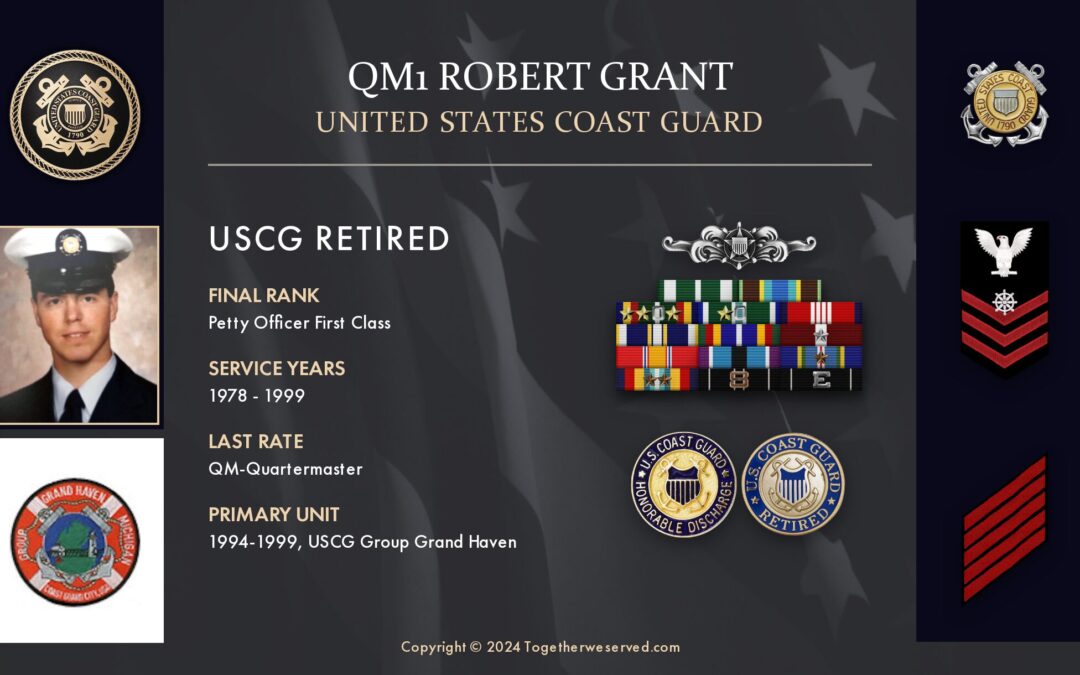I was 7 years old when Pearl Harbor was hit. I grew up wishing I could get involved. We did in the ways kids could, collecting scrap medals and tinfoil (from cigarette packs) and learning and practicing the “Scout Run” to be able to act as messengers as Scouts in England, if necessary.
When graduating from high school I couldn’t wait to join. Korea was going then (1954). I missed Korea but, made the Navy a career and was involved in Vietnam.
No one person influenced me to join the Navy. World events played that role.
